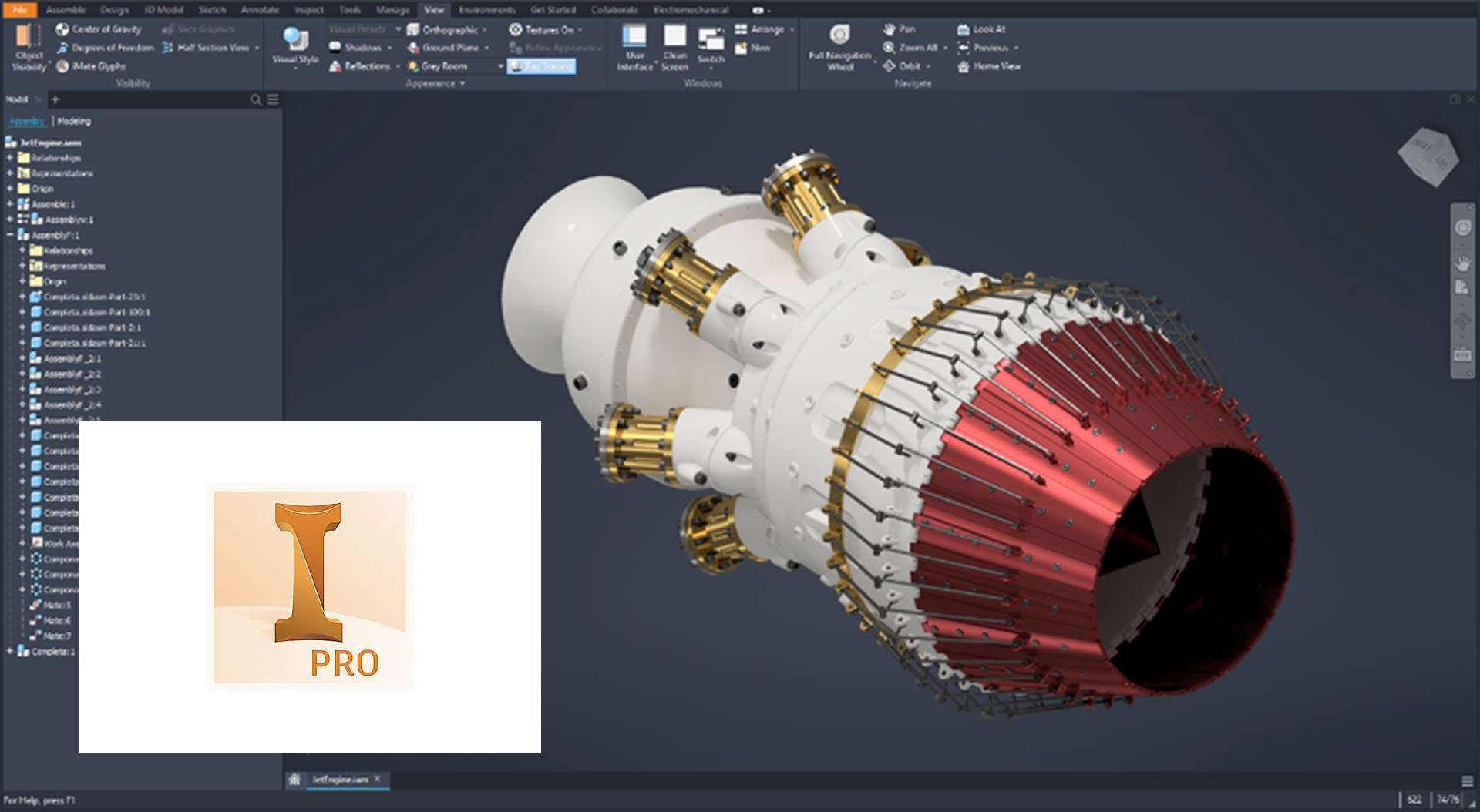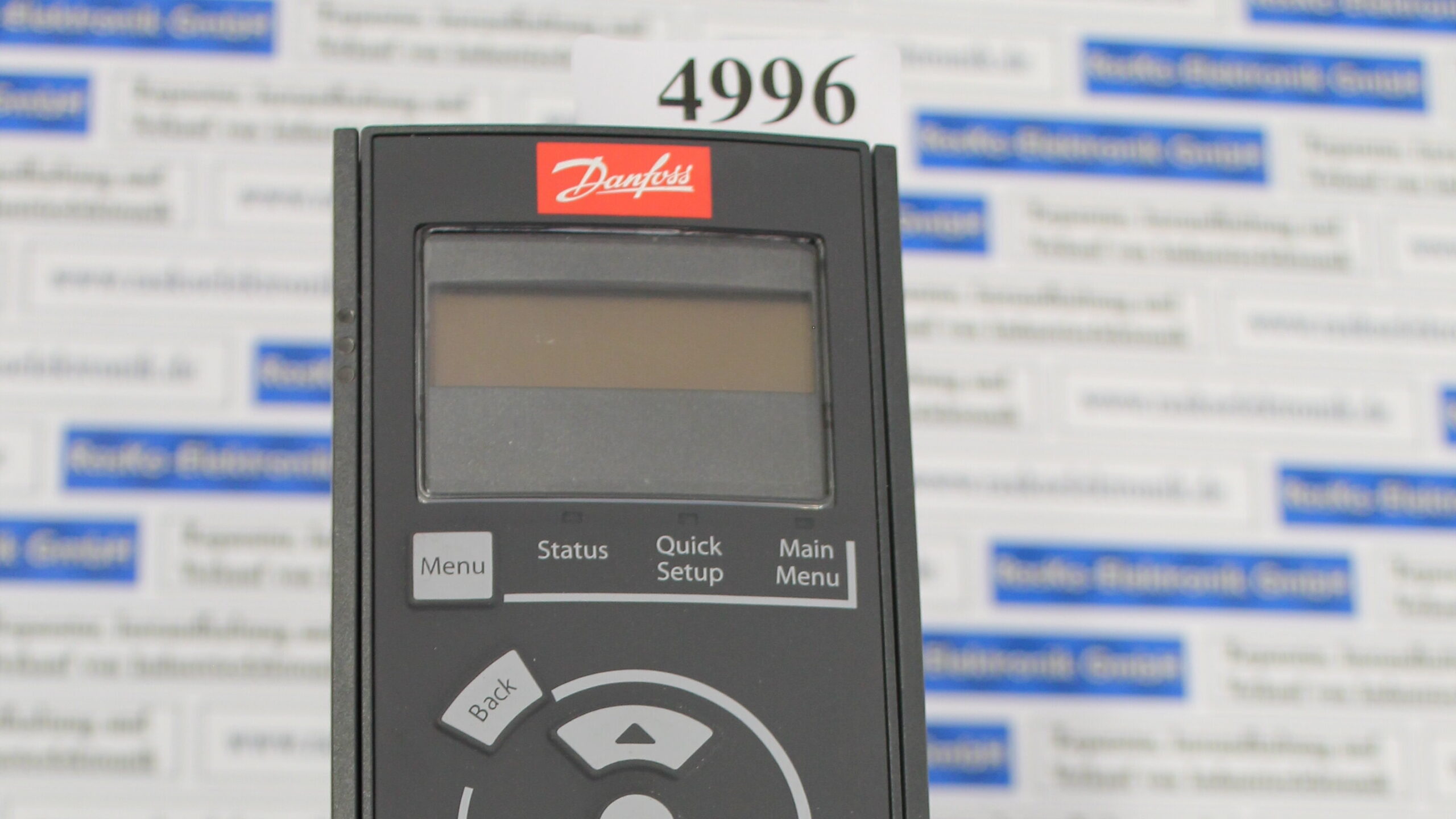I have worked with both of these tools and have found them very similar yet rather different at the same time. OK lets start with me, I’m an engineering apprentice who uses both of these tools,buy autodesk inventor 2023 at college and Pro Engineer at work. I’ve used Autodesk for about 3 and a half years now, so I’m not a complete wiz at it, but I feel I’m pretty good on it. Pro Engineer I have only used for the last 7 months so my knowledge is a little less on this software package. As it is clearly visible to anyone I haven’t used either software for very long so I am not familiar with every little trick each package is capable of, but I do have a good understanding of the basic functionality of each software, and this is where the focus of this review will be.
Creating a 3D part is a simple straight forward process. The only hard part of making the first 3D part is all the different file types. When buy autodesk inventor 2023 is opened and you select to make a new file you are presented with a nice little window, looks simple enough? Look again there’s a nice list of various different file types with different formats. Unless you know what your looking for it can be a pain trying to find the right file type. I still get it wrong, so I opted to write a small text file telling me which are the commonly used files to create a single part, and assembly and a technical drawing. I mean who would have thought that BSI.IDW is a drawing! I rarely remember which one is right.
In this instance Pro Engineer is much simpler, within the Pro/E window there are 3 simple buttons, the first being called “Default Starter Part”, next “Default Starter Assembly” and the last being “Starter Drawing for Models”. After this a few windows pop up, one asking for a name for the part/assembly/drawing. After this we get a second window which is usually ignored and the default responses are accepted, relatively straight forward. So for ease of creating a new part I would have to give this point to Pro Engineer.
Lets focus on creating a single part for a little bit. When Pro Engineer loads up it shows you a set of three planes, being the horizontal vertical and the end plane. To start making the part you need to select what you will want to do with the sketch you are yet to create. For example if you want to make a simple bar, typically you would go with drawing a circle and then extruding it up the length of the bar. In Pro Engineer you need to select extrude as the first thing. From here a little toolbar appears at the top of the window with “Placement” highlighted in red. When you click on placement you then have to click on define… and then the plane… and then sketch… and then finally you can start drawing! To me this seems a few to many clicks to simple say “I want to sketch on this surface and extrude it”. This process then changes for all sketches that you want to do that are directly on a surface of the part. To do a sketch on a surface you must first select the surface and then select what you want to do with the sketch and so on like before. For sketching on a plane you use the same process as the first sketch.
In buy autodesk inventor 2023 we have a slightly different set up, first when you open a new part it automatically goes straight into the sketch mode, but after this for any other sketches you follow what feels like a much more logical path to me. You select “Create 2D Sketch” from here you then select the surface on the part you want to sketch on. After selecting the surface you are then straight into the sketcher, where you drawn the design you need and select finish sketch. Now you have a sketch you select what you want to do, such as extrude. Once you’ve made this choice you then select which part you want extruding, but only if there are more than one closed segments. By this I mean that if you have just drawn a circle on the surface when you select extrude it automatically detects the circle, but if you have a square around a circle because you want to extrude a square with a hole in you then need to select either the inside of the circle or the closed area around the circle. So in my opinion of working with both of these methods I prefer the Autodesk Inventor method, it just feels more sensible and logical. There may be other methods of doing this in Pro Engineer and Autodesk, but from the training I have received at college, this is the only way in Autodesk Inventor that I have been taught, with Pro Engineer I have worked through training guides and they have only mentioned the one way.



